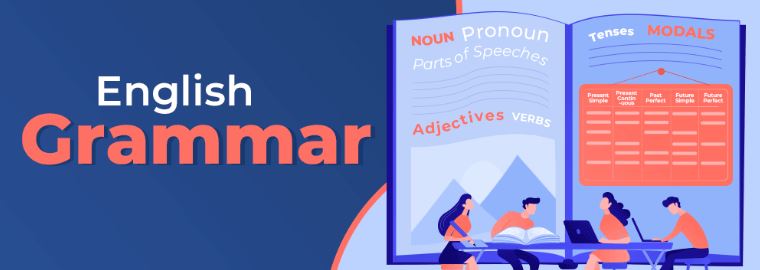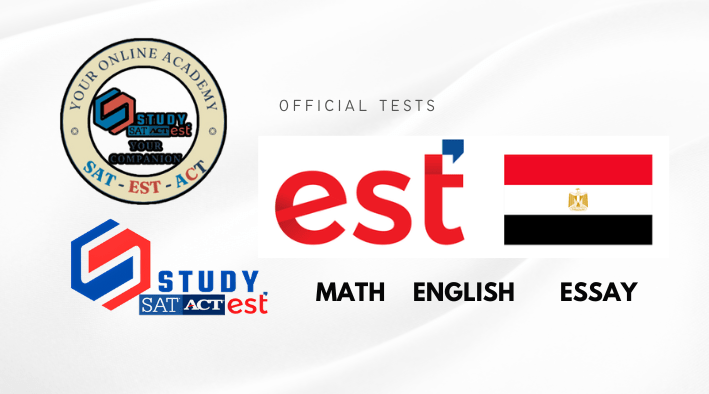Focus……

What punctuation marks are tested on the SAT?
Punctuation appears as part of a variety of questions on the SAT. Whether we’re linking clauses or adding supplements to a sentence, we’ll need to appropriately employ punctuation. We may also need to identify instances where no punctuation is necessary.
The SAT may test your knowledge of
- Commas (,)
- Semicolons (;)
- Colons (:)
- Dashes (—)
Appropriate punctuation will be essential to all Boundaries questions that you encounter on test day.
Punctuation marks
Different punctuation marks have different uses and different rules. Let’s look at each in turn.*
*Note: some punctuation marks have additional uses not named here (e.g., formatting dialogue with commas). This article focuses only on how these punctuation marks are tested on the SAT.
Commas (,)
Commas should only be used to…
- Separate list items Hide exampleCrafting a chessboard requires a table saw, a sander, and lots of glue.
- Separate nonessential elements from the sentence Hide exampleThe Bay of Fundy, a body of water between Nova Scotia and New Brunswick, experiences the world’s highest tidal range.
- Link dependent clauses to independent clauses Hide exampleWhile they were once endangered by commercial whaling, humpback whale populations have recently grown at a rapid rate.
- Link independent clauses with help from a coordinating (FANBOYS) conjunction Hide exampleAlmonds are the world’s most consumed tree nut, but walnuts are a close second.
Commas should not…
- Split a subject and a verb Hide exampleIncorrect:
- Mountain goats, are very nimble.
- Mountain goats are very nimble.
- Mountain goats, which are only distantly related to domestic goats, are very nimble.
- Come before prepositions Hide exampleIncorrect:
- The chicken crossed, to the other side of the road.
- The chicken crossed to the other side, of the road.
- The chicken crossed to the other side of the road.
- Separate items in a list of two Hide exampleIncorrect:
- Learning archery requires skill, and practice.
- Learning archery requires skill and practice.
Using a comma in any of these ways creates an error.
Semicolons (;)
Semicolons should only be used to…
- Link independent clauses (without a conjunction) Hide exampleHumans have always been troubled by dry skin; lotions and moisturizers have a history reaching back into ancient times.
- Separate list items that already contain commas Hide exampleIncorrect:
- While the United Nations is headquartered in New York City, it also has central offices in Nairobi, Kenya, Geneva, Switzerland, and Vienna, Austria.
- While the United Nations is headquartered in New York City, it also has central offices in Nairobi, Kenya; Geneva, Switzerland; and Vienna, Austria.
Any other use of a semicolon creates an error.
Colons (:)
Colons can only come at the end of an independent clause. They can introduce…
- Explanations and extra information Hide explanationMany upstart tech companies fail for the same reason: a lack of market need for their product.
- Lists Hide explanationThe advent of cellular biology has led to the classification of organisms into three distinct domains: bacteria, archaea, and eukaryota.
Any other use of a colon creates an error.
Dashes (—)
Dashes should only be used to separate nonessential elements from the rest of the sentence. Hide explanation
There are three characters—the Scarecrow, the Tin Man, and the Cowardly Lion—that accompany Dorothy on her way to Oz.
There are three characters that accompany Dorothy on her way to Oz—the Scarecrow, the Tin Man, and the Cowardly Lion.
Any other use of a dash creates an error.
How to identify punctuation questions
When approaching boundaries questions, it’s important to identify which Standard English conventions are being tested.
You may want to look for errors in punctuation if
- the choices add or remove punctuation
- the choices offer a variety of punctuation marks
If you don’t see either of these features, then the question likely doesn’t deal with punctuation.
PUNCTUATION EXAMPLE (SUPPLEMENTS)
According to Naomi Nakayama of the University of Edinburgh, the reason seeds from a dying dandelion appear to float in the air while ______ is that their porous plumes enhance drag, allowing the seeds to stay airborne long enough for the wind to disperse them throughout the surrounding area.
Top tips
Use the before/after test for semicolons
Unless it appears in a list, a semicolon must have an independent clause both before and after it. If you think a semicolon might be right, check to make sure you have an independent clause on either side. If you don’t, you can’t use a semicolon.
Use the before test for colons
A colon can only appear at the end of an independent clause. If you think a colon might be right, check to make sure what comes before is a complete independent clause. If it’s not, you can’t use a colon.
Double-check commas
Many writers overuse commas (or use them as a default punctuation mark). Double-check to make sure a comma is both necessary and appropriate before selecting it as your answer.
If the comma is linking clauses, make sure it has the coordinating or subordinating conjunction it needs to do so.
If the comma isn’t linking clauses, make sure it serves a purpose and doesn’t unnecessarily interrupt some other function of the sentence.












